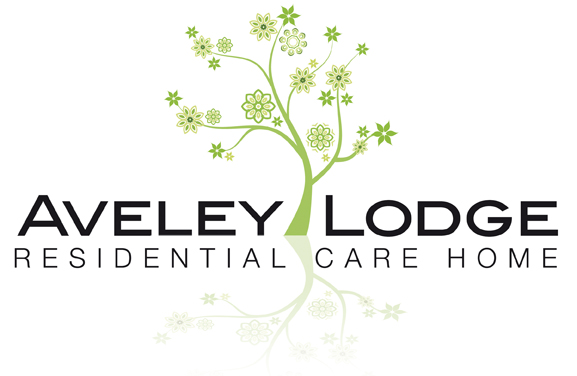How to reduce anxiety
Anxiety is a worry or fear that does not go away and it has been estimated that between 10 and 20% of older people suffer from it.
The chief sources of worry can be ageing and loss of independence, loneliness and bereavement, but add to these at the time of writing, the escalating cost of living and the ongoing effects of the global Covid pandemic, especially as restrictions are expected to be lifted even though case numbers are still quite high.
Typical symptoms of anxiety can be both physical and mental.
Physical symptoms include irregular heartbeats, feeling tense all the time, dry mouth, dizziness and a churning stomach. Mental signs are feeling worried all the time, being unable to sleep, being unable to concentrate, being irritable.
While some therapies, such as talking therapy, are available on the NHS the waiting times can be lengthy. Alternatives could be relaxation therapies such as reflexology, reiki healing and acupuncture. However, there are some things that people can do to help themselves and that can be done by friends and family.
Self help techniques can include keeping a diary may help to spot patterns and identify the things that cause anxiety so they can be avoided. It can also be helpful to record the things that make you feel happy and coping strategies that have worked. It can help to make a list of situations that trigger anxiety and work out techniques for managing them better.
Deep breathing is a useful way to manage the physiological symptoms of anxiety, especially when combined with mindfulness meditation. Calming activities such as painting and drawing, listening to music, reading or gardening, in fact any activity the sufferer finds absorbing, can also be useful and of course, exercise and a good, healthy diet are important.
Finally, if the root of the anxiety is loneliness, friends and family checking in regularly will make a difference, too. Regular visits with siblings, children, grandchildren, or other family members can distract from anxiety.



